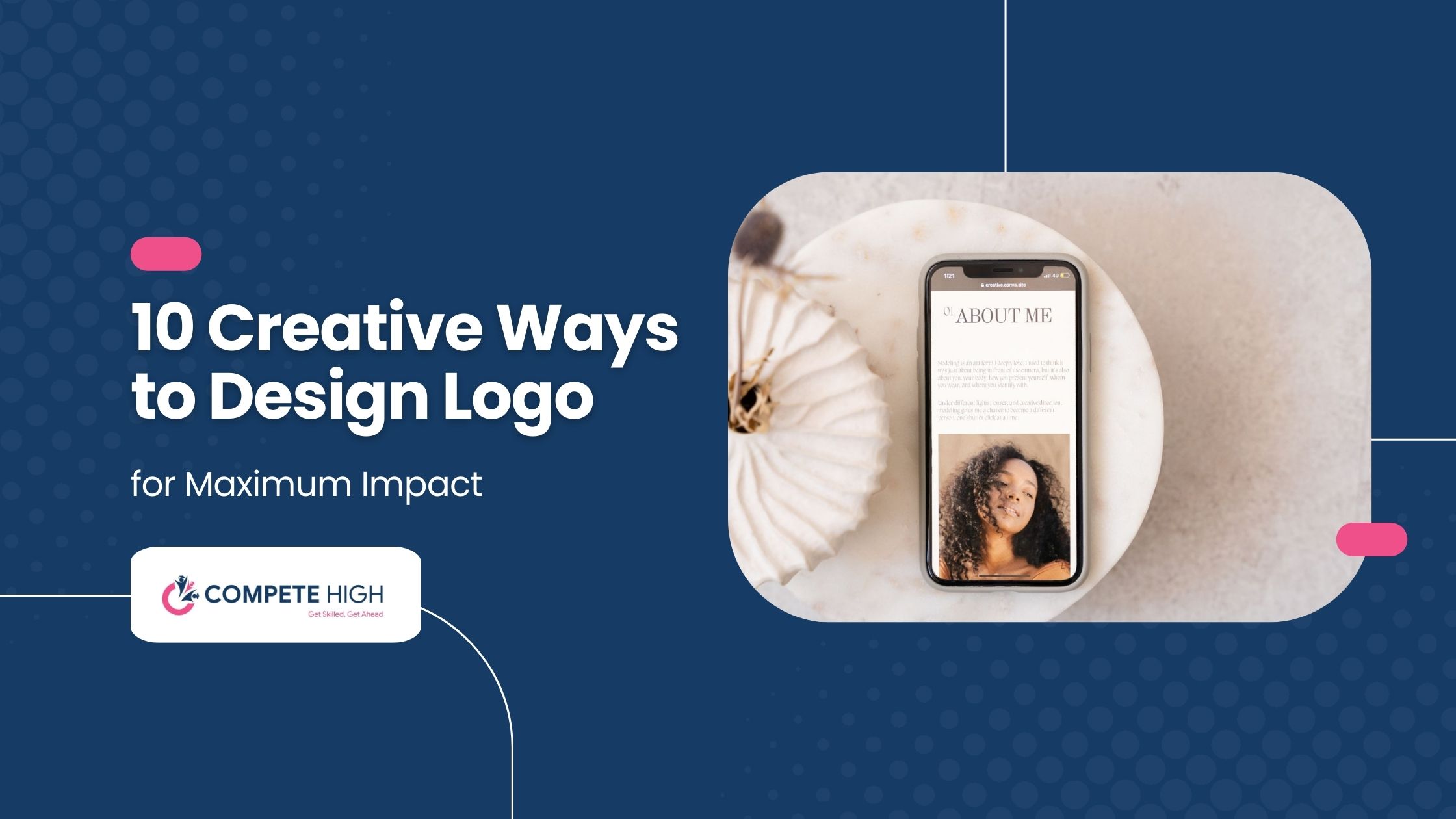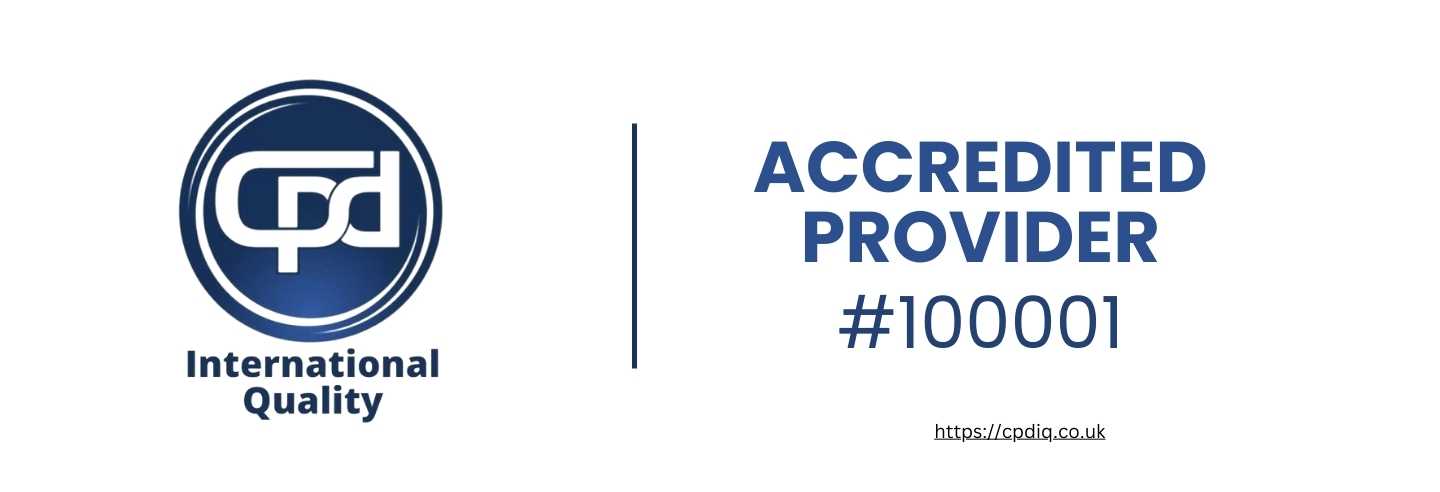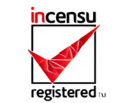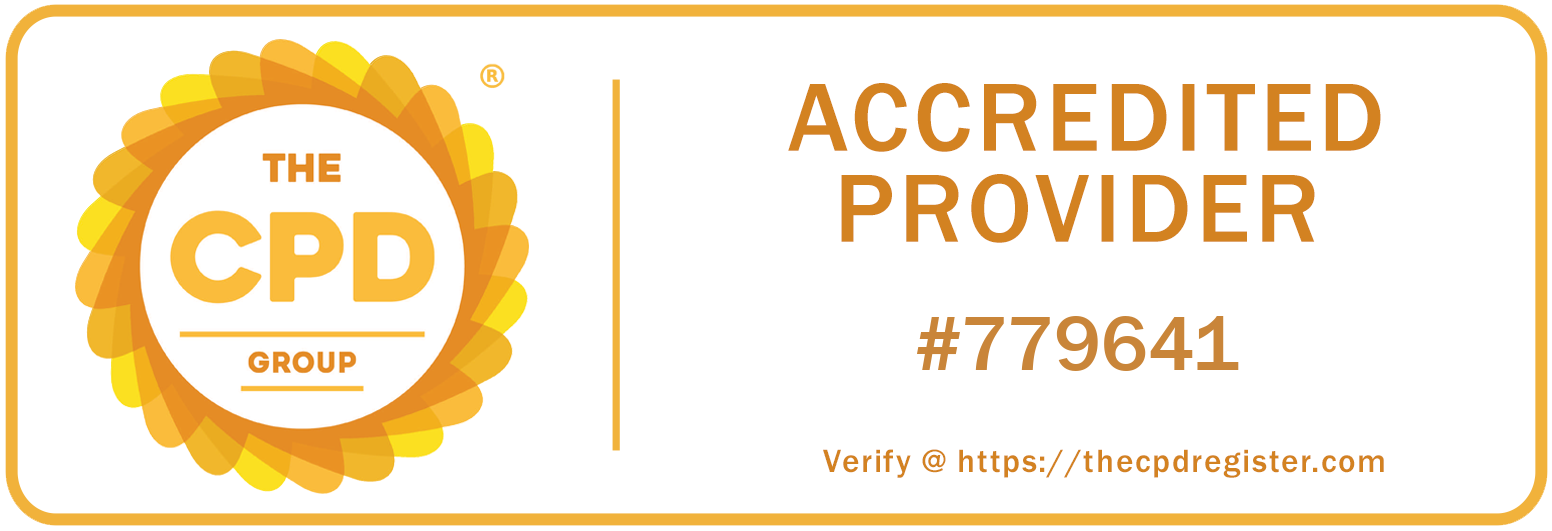
A logo is a design or symbol used by a company to identify its products and services. In simple terms, it is a unique graphic mark that signifies your brand. Therefore, to design a logo that is good is important for any brand in order to create an image and be identified. A powerful logo can set your brand apart from the rest and leave an impression on customers. The following guide will provide you with some creative ways to design a logo that is as impactful as possible and clearly represents your brand's image.
Understand Your Brand.
You can't design a logo until you understand the brand. The look of your brand—the logo—should distil your brand identity, values, and mission into a simple image.
Define Your Brand Identity.
Who you are as a brand—your brand identity—can be defined as your business's personality. This encompasses your brand's voice, tone, and overall style. You need to ask yourself questions such as: What does my brand stand for? What kind of feelings does my brand want to invoke? The answers to these questions will shape your design process and ensure that to design a logo embodies your brand's essence.
Understand Your Target Audience
Knowing your audience means creating an effective logo that will connect and resonate with clients. Are they likely to prefer a 'cutesy' or 'childish' logo or a more refined and classic logo? Or perhaps something with more whimsy and colour or a businesslike and sleek logo? Understanding your client base can help you create and design a logo that speaks directly to them.
Analyse Your Brand's Values and Mission.
When you design a logo, it should echo your brand's values. If your brand values sustainability, for example, it might be a good idea to include certain elements that are also synonymous with eco-friendliness. Think about what makes your brand stand out from the crowd and how you want to design a logo to convey this. Avoid using a logo that is just pretty for the sake of being pretty—instead, make sure that it has a purpose and is specific to your brand.
Keep It Simple.
When it comes to designing a logo, the more simple it is, the better. A simple logo is easily recognisable, versatile, and timeless. Here's how you can make your logo simple:
The Importance of Simplicity in Logo Design
A simple logo is easier to remember and recognise. Complex designs are difficult to reproduce on different media and at different sizes, which results in inconsistent brand representation. Simple designs make your logo versatile; it will look good on your business card and billboard.
Examples of Simple yet Effective Logos
Consider the logos of Apple, Nike, or McDonald's. Each of these logos consists of a very simple graphic. Yet, it is quickly recognisable and also encodes a strong brand message. Apple's logo is a simple apple with a bite out of it, yet it represents innovation and quality.
Tips for Simplifying Your Logo Design
Begin with your idea, then take away everything that doesn't support it. Add nothing until it's clear that your idea needs something. Every element must contribute to the overall impact. No frills. No embellishments. No fussy ornamentation. Keep it simple. Keep it clean. Keep it basic. Be the white space. Use a limited colour palette. Minimise the use of typefaces. Make it scalable so it works as well in a small size as it does when blown up large. When you design something simple, it becomes versatile and powerful.
Make It Memorable.
The best way to design a logo combine unique, distinctive elements in a memorable way. Here's how to achieve this:.
Techniques for Creating a Memorable Logo
The way you design a logo should be memorable. You can achieve this by making it distinctive and eye-catching with unusual and bold shapes. You can also make it memorable when it has a clever twist or hidden meaning to invite a second look. Finally, your way to design a logo should be visually balanced to ensure it looks aesthetically pleasing.
Use of Unique Shapes, Colours, and Fonts
A distinctive shape, like the abstract but recognisable shapes in the Adidas logo, can help your logo stand out from the crowd. Colour is another important consideration in a memorable logo—use colours that evoke the right emotions and are true to your brand. Fonts make a big difference as well; a custom or carefully chosen font can really set your logo apart.
Examples of Memorable Logos and What Makes Them Stand Out
We recall the shape of the FedEx logo not just because it has a clean, pleasing design but also because it incorporates an arrow in the negative space between the 'E' and the 'x', suggesting movement and precision. We remember the shape of the Amazon logo because its arrow, which points from 'A' to 'Z', suggests the full range of products on offer at the site while also forming the smile of a satisfied customer. We also remember it because it cleverly draws attention to the fact that the company sells everything from A to Z. Such logos are memorable. After all, they express a brand's essential meaning in a creative way that is appealing to the mind.
Use Colour Strategically.
Colour can help your customers feel certain things or make a link to something else in a way that's true to your brand.
Psychology of Colours in Branding
Each colour impacts you psychologically and affects your perception of your brand. For instance, blue is often seen as a colour of trust and professionalism (think of tech companies and banks), red is often about excitement and urgency (people in the food and beverage industry love it), and so on. The psychology of colours helps you pick hues that reinforce your brand message and values.
How to Choose the Right Colour Palette to Design a Logo
The colour palette you use can be one of the most important aspects of your brand. It's very tempting to simply pick your favourite colours, but consider the feelings and impressions you want your brand to give. Choose a primary colour and a small number of secondary colours. Build your palette around shades of your main colour, allowing complementary or analogous colour schemes to provide the depth you need. Try Adobe Colour to ensure your colour palette is balanced and effective.
Examples of Effective Use of Colour in Logos
Often, the use of colour in a successful logo reinforces the brand identity. The colour red used by the Coca-Cola logo is bright and vibrant and connotes energy and liveliness, which is consistent with Coke's youthful brand personality. The Starbucks logo uses green to connote growth, freshness, and relaxation, which is also consistent with the company's commitment to serving high-quality, sustainably produced coffee.
Choose the Right Typography.
The use of typography is crucial to design a logo, as it helps to ensure that your brand is perceived correctly.
Importance of Typography to Design a Logo
Different typographic choices can convey different aspects of your brand's personality: Serif fonts can be traditional or reliable, which makes them useful for law firms or financial brands. Sans-serif fonts are modern and clean and are commonly used for tech and contemporary brands. Script fonts can convey elegance and creativity, which can be useful for luxury brands or art projects.
How to Select Fonts That Reflect Your Brand Identity
Choose fonts that fit your brand and its message. If the message is lighthearted and playful, go with a fun, cute font. If it's more serious and professional, a clean and straightforward typeface will likely be your best choice. Be sure to use legible and versatile fonts that work well in different sizes and mediums. Your choice of font should also fit the overall aesthetics to design a logo's elements.
Combining Fonts for a Balanced Look
Multiple fonts can add dimension to design a logo, but take care to make it look balanced. Two fonts are usually enough: one for the main logo and one for a tagline or secondary text. Aim to make the fonts feel distinct from each other yet harmonious. For example, pair a bold sans-serif.
Make It Versatile.
A versatile logo is essential for maintaining consistency across different platforms and materials.
Designing a Logo that Works Across Various Mediums and Sizes
Make sure your logo is still recognisable on a business card and a billboard. Play with the scale and see how it holds up. How would it look in real life, in a physical context, and online? A good logo will hold up in any situation.
Creating Different Versions of Your Logo (Colour, Black & White, Responsive)
Different versions of your logo can contribute to its versatility by ensuring that it adapts to the different applications or formats it might be used in. For instance, you should ensure that your logo can be effectively used in full colour on most occasions, but you should also have a version of your logo in black and white, just in case colour printing is not an option. A responsive logo that adjusts its layout for different screen sizes or is much simpler for use on mobile devices.
Ensuring Your Logo Looks Good on Different Backgrounds
But your logo should work with any colour under it (and on top of it). Test it on light backgrounds, dark backgrounds, and backgrounds with colour to make sure it can be seen clearly and is still bold and recognisable. You may need to create several variations of the logo, depending on the colour under it, to make sure it has the right contrast and is still legible and eye-catching. Transparency on your logo can also help you overlay it on different images or backgrounds, and it will still look good without being distorted.
Incorporate Symbolism
If you want your logo to speak to your audience on a deeper level, symbolism is the way to go. It can add substance and harmony to your brand, helping you communicate your values and messages more precisely.
Using Symbols to Convey Brand Values and Messages
Symbols, like the tree and the lightbulb, are helpful for logo designers. They help to convey complex meanings and values concisely and effectively. A tree could symbolise growth and nature, and perhaps also sustainability, while a lightbulb might signify innovation and ingenuity. A good logo that has a symbol that relates to your core values will speak to people on a deeper level.
Examples of Logos with Strong Symbolic Elements
Many famous logos get their power by embedding their symbolism into the brand. The Nike swoosh derives its meaning from the wing of the Greek goddess of victory and conveys speed and victory. The Apple logo (with its simple, missing caps and alluding to the myth of the apple falling from the Tree of Knowledge), with its simple apple shape and lack of a bite, symbolises knowledge and innovation (Adam and Eve and the Fall) in modern iconic form. These logos stick in our memory and have meaning because the symbols themselves are simple and full of meaning.
Tips for Integrating Symbols Without Cluttering the Design
Symbols are another important element that can enhance your logo, but keep it simple by using one primary symbol. Make sure it's clear and recognisable at first glance. Don't overcomplicate it by adding too many elements that can make it look cluttered and confusing. Integrating symbols into the visual design using negative space is a great way to create a clean and memorable logo, like the FedEx logo. In this logo, the arrow shape hidden in the negative space between the 'E' and the 'x' adds an element of discovery to the design while keeping it clean and uncluttered.
Design for Scalability
A logo must remain legible and recognisable, from the size of a business card to a skyscraper.
Ensuring Your Logo Maintains Its Integrity at Different Sizes
Your logo should be recognisable at any scale, and its details should be retained even when it's scaled down. This means that it should be clear and readable, whether it's on a business card or a billboard. Don't include anything too detailed, or it will look cluttered if the logo is shrunk down. Test your logo at all scales to check how it looks and whether it's still recognisable.
Vector Graphics and Their Importance in Logo Design
The most important factor in making any logo scalable is to use vector graphics rather than raster graphics. Scalability is the most important aspect of a logo because it ensures the logo will look good on a business card, a billboard, a website, and everywhere in between. Vector graphics are scalable because they are based on mathematical equations that determine a shape, as opposed to raster graphics, which use pixels to describe an image. This means that you can resize a vector image infinitely, and it will never look blurry.
For example, if you were to zoom in repeatedly on a vector image of an apple, you would still see the same crisp edges on every scale. At the same time, if you did this to an image of an apple created with raster graphics, it would become blurry as you zoomed in. Vector logos are more commonly created using Adobe Illustrator than Adobe Photoshop.
Testing Your Logo at Various Scales
To achieve scalability:
- Test the logo at all sizes.
- Print it on different materials and view it on different screens.
- Try it in 'hero' and 'thumbnail' sizes on your website, banners, and posters.
- Think of how you'll use the logo, and make sure it works well in all contexts in which you expect it to be used.
- Seek inspiration, but stay original.
- Get feedback and refine.
Inspiration is important to the creative process, but uniqueness is essential to creating a logo that is distinctive and represents your brand.
Finding Inspiration from Successful Logos
Once again, studying other designs can supply you with the ideas and adrenaline to create your own. Look at the logos of both well-known and less-known brands within your industry and outside of it. Note what makes them successful: what is central to their design—the visual element or the text? What is simple, and what is complicated? Which colours do they use? How do they convey the message of the brand? To spark your own creativity, find an inspiration board on sites such as Behance, Dribbble, or Pinterest.
Avoiding Plagiarism and Maintaining Originality
You can get ideas from other logos, but never copy them. No matter how good a logo is, plagiarism will always give your brand a bad name and can lead to legal trouble. To make your logo distinctive and original, use various elements, icons, ideas, and personal touches in a way that clearly shows it's exclusively for your brand. Your logo should have a unique look that represents your brand and its values in a way no other business can use.
Techniques for Brainstorming and Idea Generation
Then, proper brainstorming methods can help you come up with something original. For example, start with a mind map and list all possible ideas and elements that relate to your brand. Then, try sketching several different concepts for your logo, incorporating as many variations of shapes, fonts, and symbols as possible. Another technique is word association. Think of the attributes of your brand and see if any visual elements come to mind. Last but not least, you can try involving your team in brainstorming sessions for more creative input.
Taking feedback and revising your design as a result is a vital part of the logo-making process. This will help you develop the selected design so it makes the best possible impression.
The Importance of Seeking Feedback from Diverse Sources
Getting feedback from different sources helps you get a well-rounded response. Gather feedback from multiple stakeholders—consumers, colleagues, clients, peers in the industry, and your target market—because they will all have a unique perspective to offer based on their experience with your brand.
Methods for Gathering Constructive Feedback
Use formal feedback approaches: Ask clear questions in online surveys and questionnaires to gather quantitative data on how different versions of your logo are perceived; ask more in-depth questions in focus groups to get qualitative feedback; ask more people online, such as with UserTesting, to gather diverse feedback; Be specific—ask about colour, typography, and impression.
Iterating and Refining Your Logo Based on Feedback
For example, if you get feedback after creating the logo design, use that feedback to refine your design. Identify common themes and areas for improvement, and don't be afraid to make major iterations if required. Create several variations based on the feedback, and get more input until the design is finalised to your satisfaction. Refining your logo allows you to check if you have met the needs of your brand and if it communicates well with your audience.
Conclusion
Designing a logo to make the biggest impact takes knowledge of your brand, keeping it simple, creating something memorable, using colour to accentuate your logo, selecting the right typography, making it versatile, creating symbolism through design, designing for scalability, finding inspiration and staying original, sharing your design, and getting feedback. It takes time and thought to create a good logo. The better you design your logo, the better you're able to communicate your brand, which will ultimately help your brand succeed in the long term.










